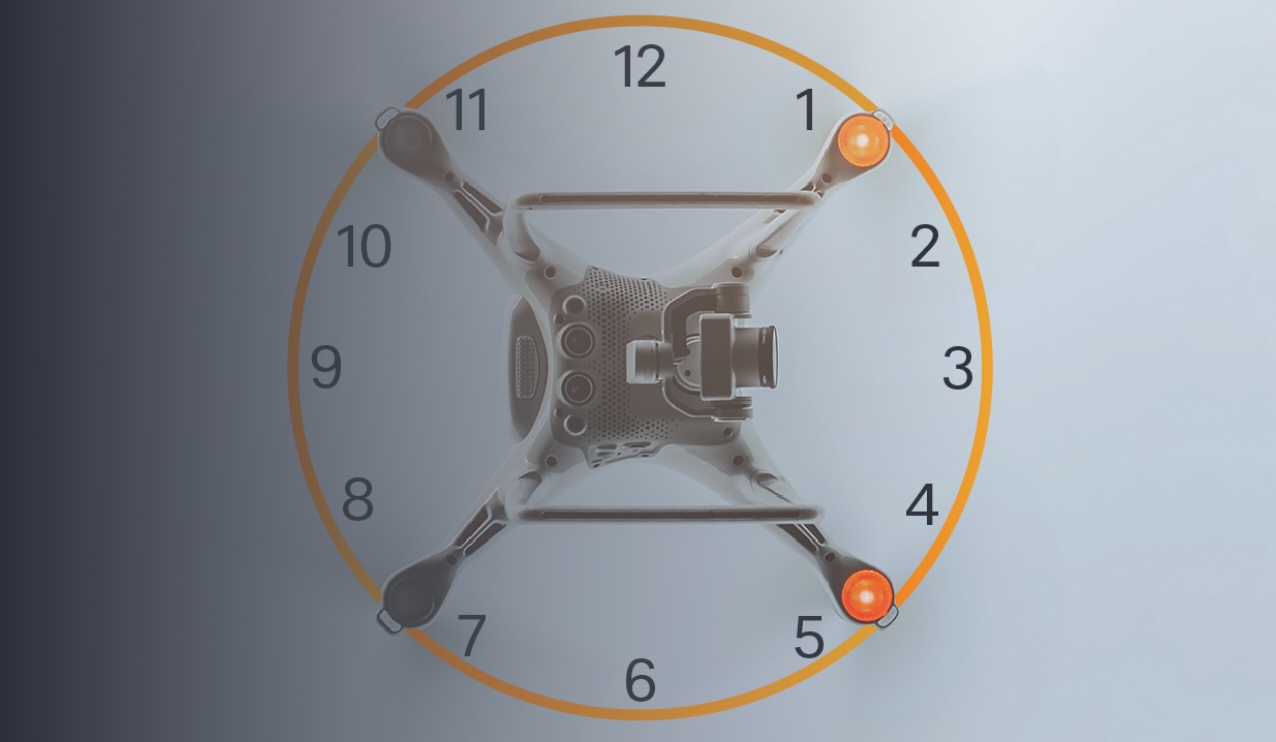From industrial automation, remote operations to digital work instructions, they can all significantly optimize the efficiency, accuracy and accessibility of industrial work processes today. Potential applications range from data-driven workflows to the use of drones, autonomous vehicles and connected machines.
Many of the innovative approaches for process optimization in the production and logistics industry are realized on the basis of faster and more reliable communication between people and machines, devices and systems. Here you will learn how and with which basics you can take the optimization of your industrial work processes to a new level!
Process optimization in industry: from remote control to networked production with 5G
Industry is currently gaining a wide range of innovative, advanced options for process optimization as so-called 5G campus networks create the necessary technological scope! Key practical examples that are implemented in 5G campus networks and optimize process flows in an industrial context include:
1. The use of drones to remotely maintain machines and equipment in 5G campus networks. This way drones can provide live images of the condition of plants and buildings, among other things. The remote control of the drones optimizes the time required for inspections and maintenance. At the same time, malfunctions and damage can be detected earlier. In addition, drones can also record warehouse conditions and be used for inventory.
2. A major increase in efficiency is promised by autonomous robots in the manufacturing industry, which can independently perform tasks such as welding, assembly, painting and quality inspection. They can move autonomously through the production hall in the 5G Campus network and perform work processes without human intervention. This not only frees up employees’ time, but also makes it easier for them to maintain an overview of production processes and ensure product quality.
3. Similar situations apply to process optimization in logistics systems, such as with the help of self-driving forklifts or transport robots that move goods from one place to another. The machines can communicate with each other in the 5G Campus network their current position and the status of their task execution in real time, thereby executing and optimizing workflows autonomously.
4. Digital work instructions and information can be used, for example, for warehouse management, inventory management, packaging and shipping in a 5G campus network. This can include information such as:
- Storage bins, minimum stock levels and replenishment strategies
- Inventory, reordering and stock rotation
- Packaging materials, shipping labels and delivery methods
and the work steps required as a result are provided digitally.
5 Digital step-by-step instructions for assembly or machine operation are further use cases in 5G campus networks. Digitized workflows offer the advantage of being easy to understand, enabling interactivity, and reducing errors in execution. Mixed reality applications can also be used for more complex workflows or training.
6. Likewise, automated quality and work safety verification and automated process documentation are among the most recent use cases of process optimization in a 5G campus network.
Automation is now being implemented in industry on a wide variety of scales. They enable more efficient use of company resources and can be used to optimize processes. Automated machines and vehicles shorten workflows by replacing manual intervention and enabling employees to operate and monitor multiple machines and devices in parallel. In addition, digital work instructions can optimize industrial processes by reducing human error and ensuring constant quality control.
5G as a starting point - How 5G is already replacing manual work processes today
“Digital”, “fast to real-time“, “efficient use of resources” – if these terms fall under the goals of industrial process optimization, a stand-alone 5G campus network can be the ideal starting point. Why is that, in fact?
With 5G campus networks, a new era for Industry 4.0 has begun. 5G mobile private networks are local, private networks. They are based on the 5G mobile communications standard and have been specially developed for use on company premises and industrial facilities. Private networks provide the fast and reliable connectivity required for the automation and networking of machines and plants. In addition, a 5G campus network can integrate and connect many more Internet of Things (IoT) devices simultaneously.
This opens up many new, feasible use cases in the industrial environment for industrial automation, digital work instructions and remote operation of vehicles and machines. The use cases that can be implemented on the basis of 5G technology in turn optimize the collaboration of people, machines and processes. They provide the basis for future-proof Industrie 4.0 applications in everyday work and process optimization.
Challenges in the implementation of industrial 5G applications
Before 5G use cases can be realized, several steps must be taken. After network and frequency planning, the required hardware and software must be provided. It is also essential that quality and security standards are taken into account during the implementation and commissioning of the campus network.
Companies should work with experts in the field of industrial automation and 5G technology. These can provide valuable insight and advice to ensure that the introduction of the various use cases into the network is smooth and ideal.
Security and data protection in the transition to 5G-based work processes
5G offers improved security measures over previous generations of networks. Enterprises must still ensure they implement a robust end-to-end security strategy from the endpoint to the application to counter threats such as data breaches, cyber-attacks and network outages. Finally, industrial digitalizations and automations will transfer both important data and crucial work processes. Working with experienced IT security experts can help identify and address potential vulnerabilities in the specific 5G use cases as well.
Increased efficiency and cost savings through the digitization of work processes
The introduction of 5G campus networks in industry offers great potential for efficiency gains and cost savings through process optimization. Fast and reliable data transmission makes it possible to digitize and automate manual work processes, resulting in more efficient production. In addition, a 5G campus network enables real-time monitoring and control of machinery and equipment, reducing downtime and increasing productivity.
Cost savings result primarily from the reduction of maintenance and repair costs as well as from the optimized use of resources. In summary, 5G campus networks offer the opportunity to revolutionize industry and take a big step towards Industry 4.0.
The future of industry with 5G and the opportunities for optimized work processes
In summary, automated applications in 5G campus networks have the potential to replace a large part of manual work processes in industry. With on-demand communication and coordination capabilities, 5G offers new scope for industry. The digitization of work processes can thereby enable optimized monitoring, control and automation, leading to cost savings and increased productivity, so the benefits and opportunities offered by a 5G campus network for 5G-based use cases are undeniable.



